So, You Want to Farm Tomatoes?
Tomatoes are everywhere. Seriously, they are one of the things kitchens all over the world can’t do without — certainly not a Ghanaian kitchen. It makes sense to farm them because everybody wants them. But if you’re getting started, I bet you are asking the one big question:
”How much cash do I need to start and is the profit worth all of this hassle?”
This comes with a brilliant video on The Ghanaian Farmer TV from which this is broken down. They plant themselves across from an agronomist, Eric Santi, who provides a no-nonsense, plain-dealing practical guide for anyone who wants to get their hands soiled and successfully grow some tomatoes.
That’s the A, B, C’s of Everything
First, you have to nail the basics, long before you even consider money, according to Eric Santi.
First up: timing. When should you plant? In Ghana, April to July is the sweet spot. The weather has cooled, and it’s a delightful time for most kinds of tomatoes. But then what if you miss that window? Not to worry, you don’t have to be out of luck. You can also pick up a variety that stands up well to the heat, such as the Sahara variety. The bonus? You could end up with way better prices since there are fewer people harvesting during the dry season.
Next, let’s talk about dirt. The quality of your soil can make or break the success of your farm. Tomatoes require loose, loamy soil — the sort that allows their roots to spread and siphon up all the good stuff. Healthy roots equal healthy, productive plants. It’s that simple.
Finally, the seeds. Really interesting point. As Eric puts it:
Think of today’s seeds as a piece of tech for your farm.
Here’s what you’ve got: the old ones that farmers have saved for generations; the less expensive open-pollinated varieties and then the top-of-the-line hybrid seeds. These hybrids are more resistant to disease and heat. Yup, they are more expensive upfront, but spending a little extra on good seeds is one of the smartest ways to ensure you have great harvests down the line.
The Upfront Costs: How Much You’ll Spend Before Planting Your First Seed
The video itemizes the immediate expenses for one newly arrived with nothing more than an empty field. Here’s how those one-time costs break down:
– Step 1. Leasing the Land: First, you need a place to farm. For the season, on a 1-acre plot it will cost you about 600 Ghanaian Cedis.
– Preparing the Land: You don’t just throw seeds on the ground. Land needs to be cleared (around 2,000 Cedis) and then plowed really well, ideally more than once or twice (another 1,800 Cedis).
– Water System (Irrigation): Rain isn’t enough. An irrigation system is non-negotiable. If you want to go cheap, 5,000 Cedis would do it; if you wanted a top-of-the-line drip system, triple that at 20,000 Cedis and you’re good for years. Middle budget for a starter is 9,500 Ghana Cedis.
– Water Pump: That irrigation setup requires pressure to work. You’ll require a pair of pumps, which will be 4,000 Cedis.
In total, your starting cost will be around 17,900 GHS for the hardware and other equipment you need to get things up and running.
The Overhead: Keeping the Farm Running
Once set up, there are costs that come along during the growing season. Plan for these:
– Tomato Seeds: 2,200 Cedis will be good quality hybrid seeds for one acre.
– Fertilizer: Choose the granular kind; it feeds plants gradually. That’ll be about 1,500 Cedis.
– Pest and Disease Control: You’re going to need sprays to prevent fungus and creepy little bugs such as whiteflies. Preserve 1,500 Cedis for them.
– Fuel: Those water pumps are not running on air. At the very least, you’ll be spending around 2,000 Cedis on fuel for a 90-day season.
– Weeding: Weeds will suck nutrients away from your plants, so they need to go. This is often done using a single rubber and it costs about 1,000 Cedis for two rounds.
– Transplanting (Maybe): Labor for transplanting — hiring people to help you move the 13,000-odd seedlings into the field may require another hire or two if you have a tractor, versus 500 Cedis extra in labor costs.
Your total running expenses for the season should be in the region of 8,700 Ghanaian Cedis.
People and Profit: The Bottom Line
What people in the Democratic Republic of Congo are saying.
You can’t do it all alone. The video makes it abundantly clear that hiring a site supervisor and two farm hands to manage everything would be a wise decision. The charge for your team over a period of 3 months totals approximately twelve-thousand Cedis.
Thus, when you add up (initial startup + running costs + labor), your full cost of production is 38,600 Ghanaian Cedis.
And now for the best part: The profit. The video offers two very real options:
– Scenario 1 (The Dream): Everything goes great and you have exactly 13,000 healthy plants – this means you are able to harvest a total of 6,300 kg of tomatoes. Using any low price of 20 Cedis/kg, that is revenues of 126,000 Cedis. After you deduct all of your costs, you have a gross profit of 87,400 Cedis.
– Scenario 2 (The Reality): OK, let’s face facts — some plants aren’t going to survive. If you are working with 10,000 good plants, you will harvest ~5,000 kg. That’s 100,000 Cedis in revenue. Your gross profit there is 61,400 Cedis.
Still, in the more realistic scenario, that’s a great investment return for anyone.
The Bottom Line: This Is an Amazing Chance
This breakdown from The Ghanaian Farmer TV demonstrates that tomato farming is not just a pastime but a viable business. It shows that if you think it through, invest in quality materials, and work a farm responsibly, you can make serious money from a pile of dirt. It is proof that anyone that would want to get into farming may reap incredible rewards, provided you put in the work.
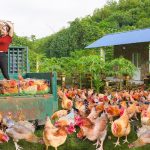
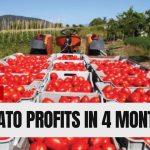

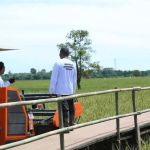

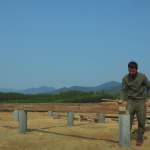

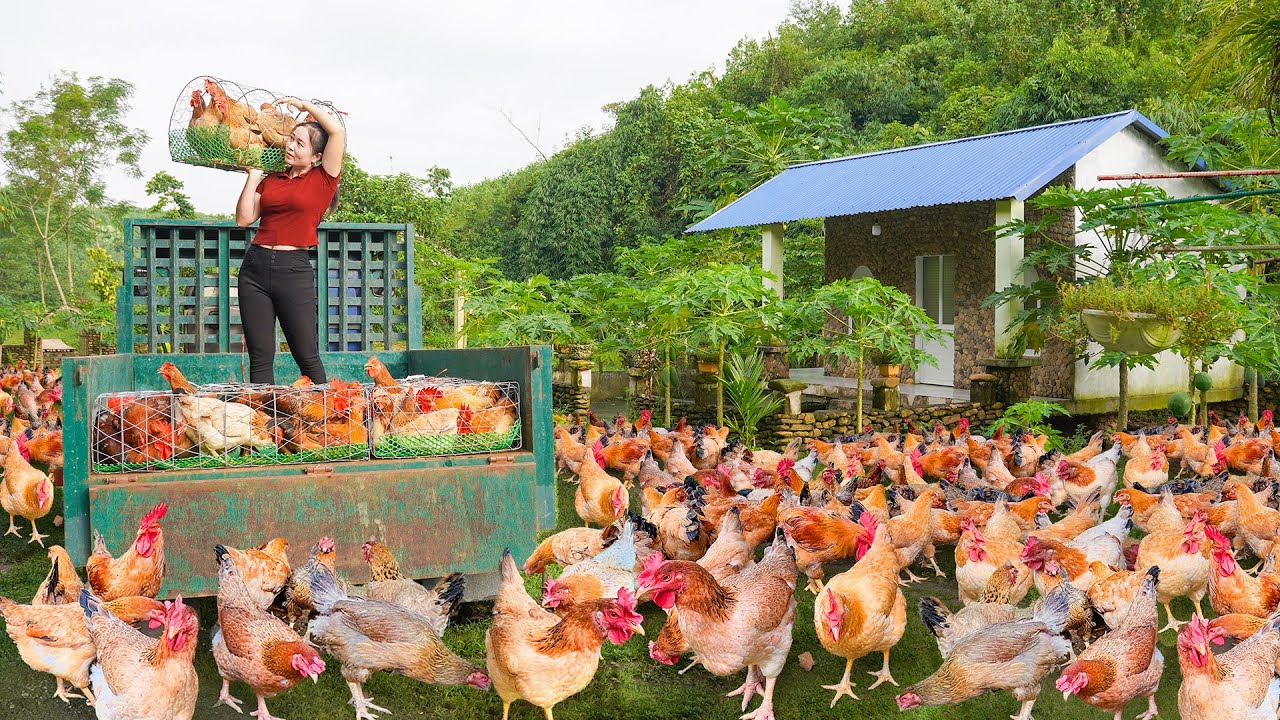


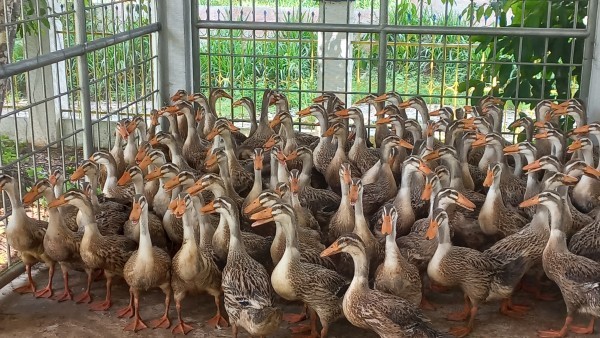
Interesting take on tournament strategy! Data-driven approaches, like those at phlwinner app download apk, can really refine your decision-making. Understanding RTP & stats is key to consistent wins, both online & live!
https://t.me/s/a_official_1xbet
https://t.me/s/z_official_1xbet
Get free Blockchain Insurance globally!
Get professional insurance of global importance from an insurer in Chelyabinsk, Russia.
Without personal data, cookie and JS.
We got access to the US market without compromising.
More than 85 types of non-criminal insurance.
Once a month, a document is created that can be shown to the regulatory authorities. We’re taking over the negotiations.
We insure risks such as:
1. Arbitrary legislation
2. Arbitrariness of the Central Bank
3. Possible harm to other people
Link (own hosting): http://78.29.53.57/freeinsurance/?s1=xrum
http://78.29.53.57/freeinsurance/?s1=xrum
By brand ChelyabinskMAN